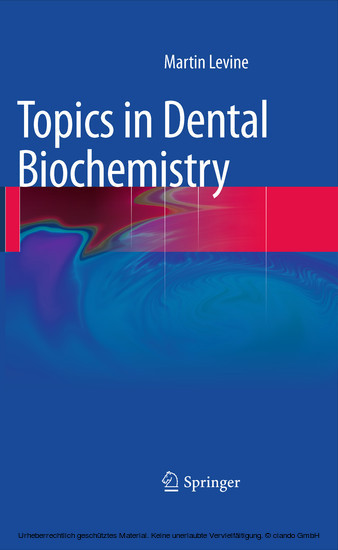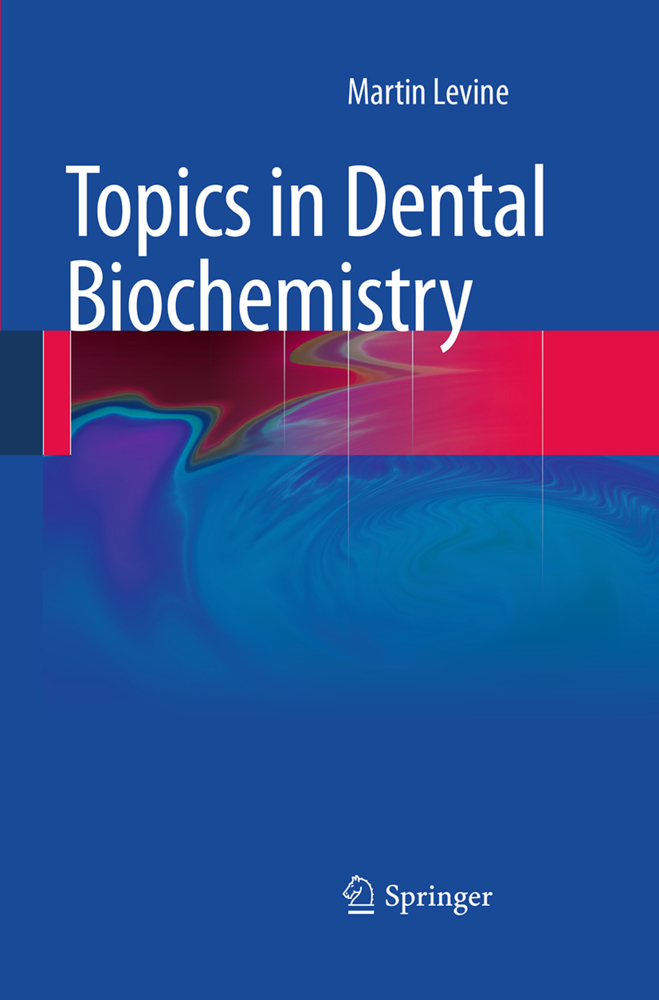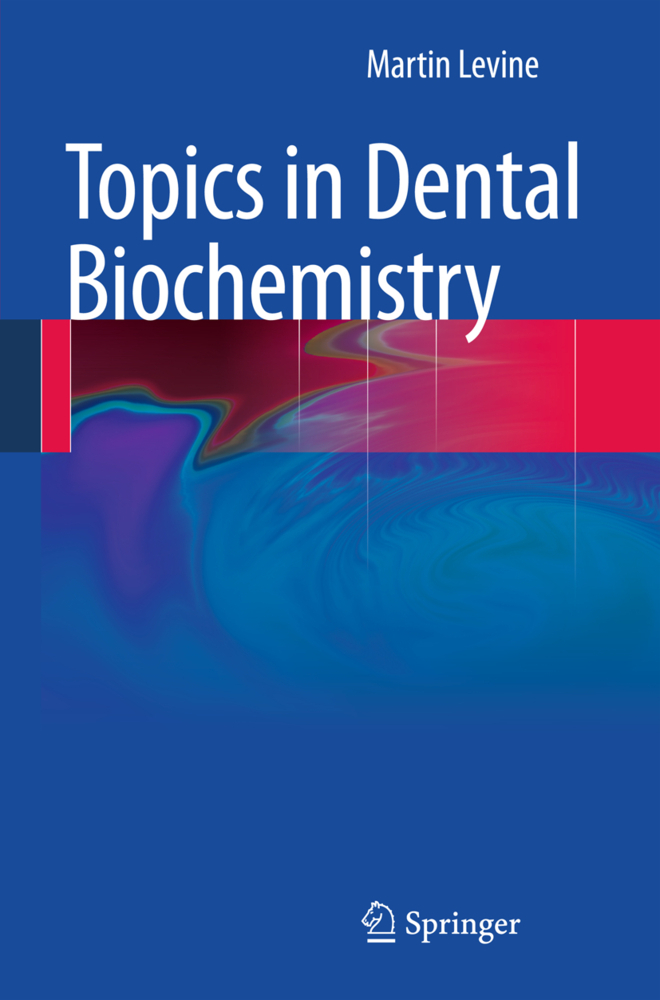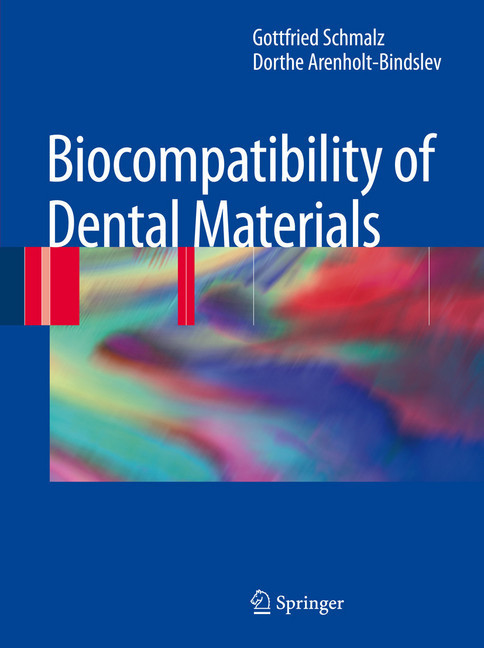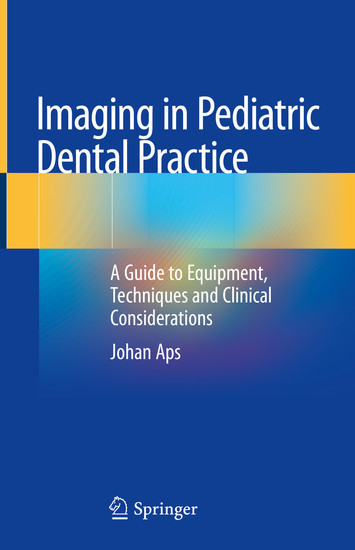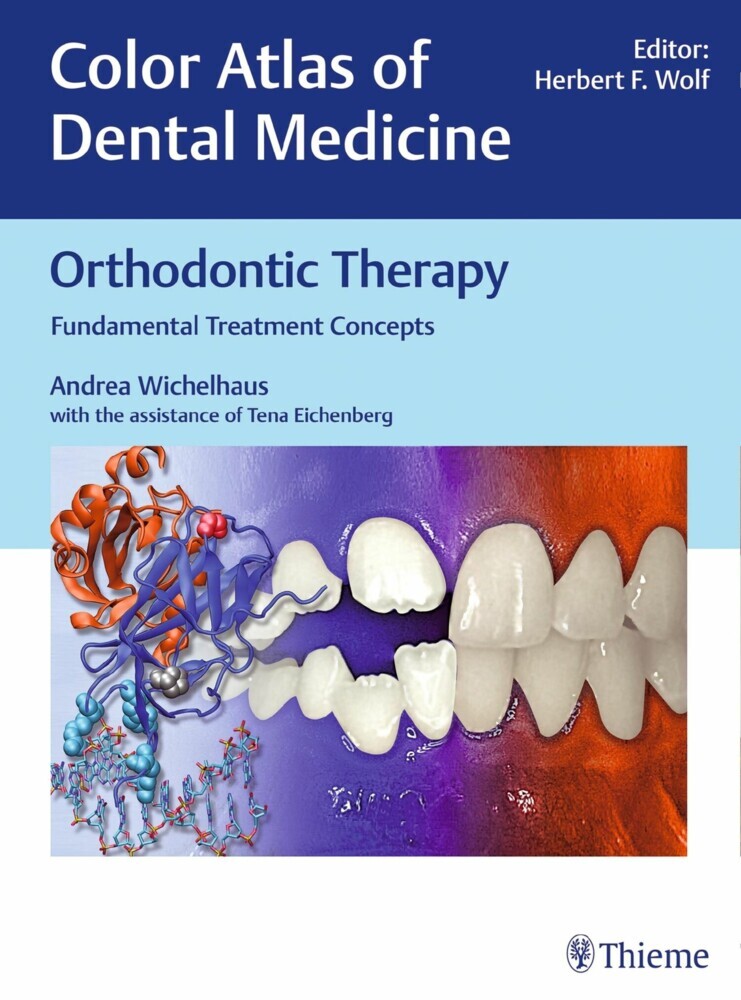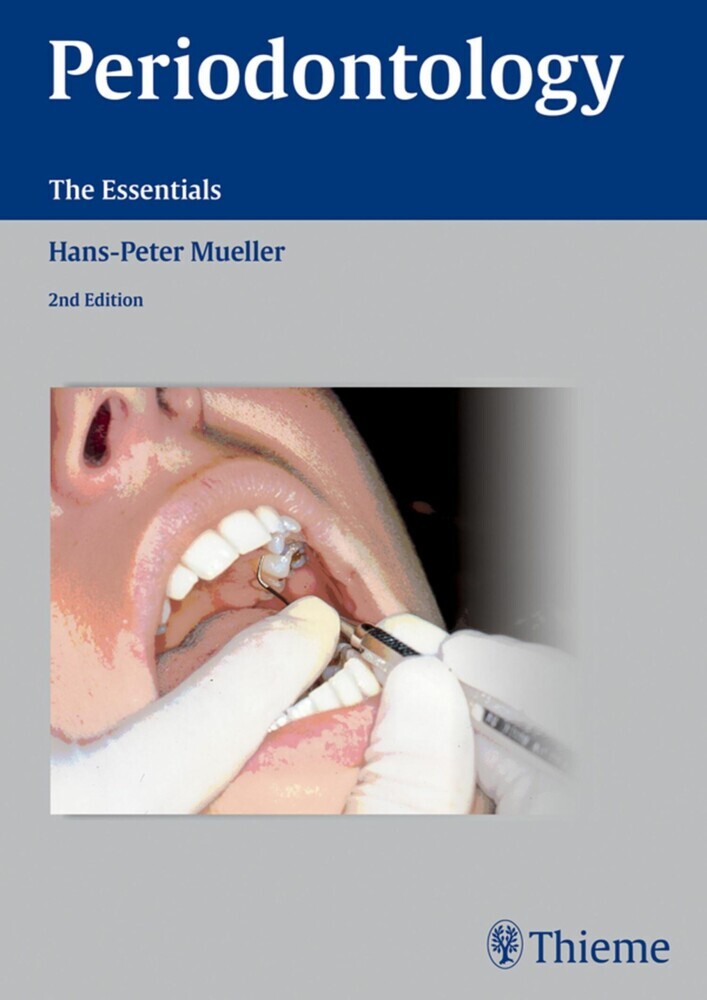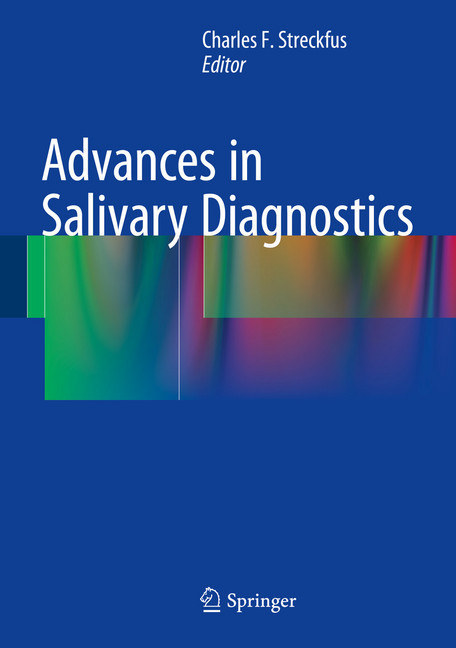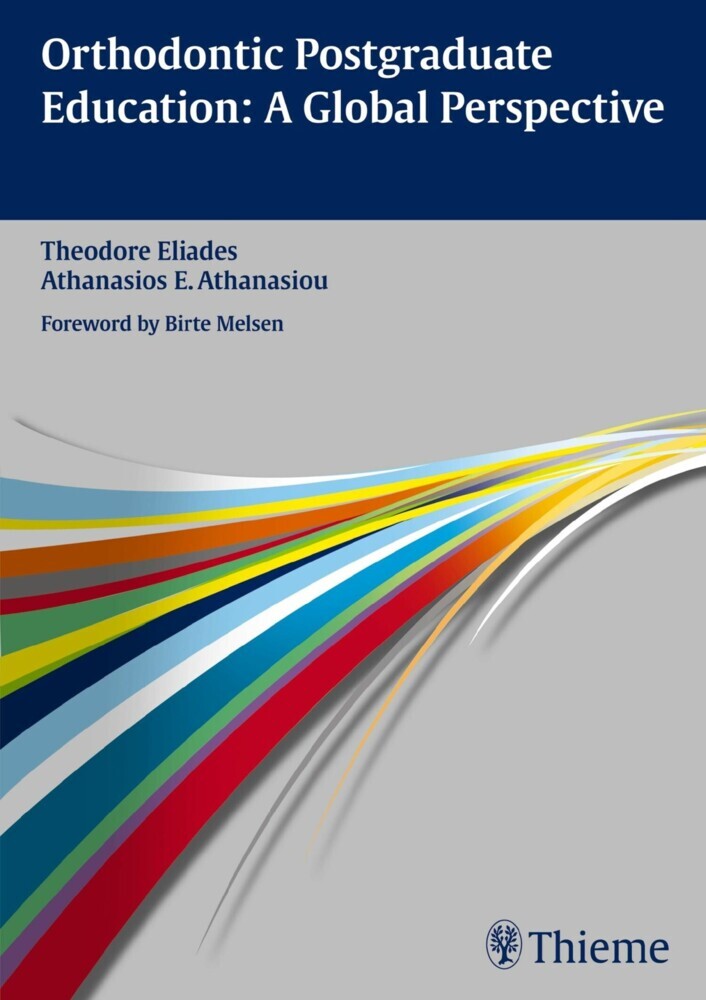Topics in Dental Biochemistry
Topics in Dental Biochemistry
Over the last 20 years, our knowledge of biochemistry and molecular biology has undergone a revolution that has affected our understanding of the biology of the oral cavity. This book is designed to related ideas in biochemistry and molecular biology to selected, dentally related topics in physiology, nutrition, anatomy, histology, microbiology and immunology. Dentistry was developed to treat diseases of the teeth; originally, dental caries and periodontal disease, but later genetic diseases, such as impacted and overcrowded teeth, or unusual genetic conditions, such as cleft palate. Treatment has progressed enormously over the last 30 years, like those for many other diseases. New treatments have come in the form of fluoridation as well as applying oral hygiene measures and new materials, but diagnosing and treating the 10% of the population who will become severely affected remains a problem. This book is directly relevant to the practice of dentistry today as background for understanding bone, tooth, saliva and surrounding soft tissue research and also for appreciating how dental caries and periodontal disease might be better diagnosed and controlled in the future.
1;Topics in DentalBiochemistry;2 1.1;Copyrightpage;3 1.2;Dedication;4 1.3;Preface;5 1.4;Contents;7 1.5;1: Necessary Basics: Elements, Isotopes, Ions, Chemical Reactions, Energy Metabolism, and Bacterial Structures;12 1.5.1;1.1.1. Atomic Structure: Elements and Isotopes;12 1.5.2;1.1.2. Isotopes Date Paleontology Samples Such as Teeth;15 1.5.3;1.1.3. Isotopes Indicate Ancient Life Forms and Climate Changes;16 1.5.4;1.1.4. The Elements in Biology;16 1.5.5;1.1.5. Fluorides;17 1.5.6;1.2.1. Chemical Bonds;17 1.5.7;1.2.2. Electrostatic Bonds;17 1.5.8;1.2.3. Covalent Bonds;18 1.5.9;1.2.4. Polarized Covalent Bonds;18 1.5.10;1.2.5. Hydrophobic Bonds;19 1.5.11;1.3.1. Mechanisms of Energy Production: Respiration and Fermentation;20 1.5.12;1.3.2. The Oral Microbiota, Dental Caries, and Periodontal Disease;21 1.5.13;1.4.1. Bacterial Cell Structures;25 1.5.14;1.4.2. The Bacterial Outer Surface;25 1.6;2: Photosynthesis and Sucrose Production;28 1.6.1;2.1.1. Role of Photosynthesis in Living Organisms;28 1.6.2;2.1.2. The Light Reaction;29 1.6.3;2.2.1. The Dark Reaction;32 1.6.4;2.2.2. Starch and Sucrose Provide the Carbon Skeletons of All Plant Compounds;35 1.6.5;2.2.3. Plants Are Autotrophs;35 1.6.6;2.3.1. Sucrose Is the Primary Transport Sugar and Plays a Central Role in Plant Growth and Development;37 1.7;3: The Connective Tissue Extracellular Matrix and Its Major Components;39 1.7.1;3.1.1. Major Components of the Connective Tissue (Stromal) Matrix;39 1.7.2;3.1.2. Collagen;40 1.7.3;3.1.3. Elastic Fiber System;44 1.7.4;3.1.4. Glycosaminoglycans;46 1.7.5;3.1.5. Alveolar Bone, Teeth, and Periodontium;46 1.7.6;3.2.1. Cell Surface Binding: Integrins, Fibronectin, and Collagen;50 1.7.7;3.2.2. Thrombospondins and Transforming Growth Factor-ß;51 1.7.8;3.3.1. Stromal Nutrition;53 1.7.9;3.3.2. Stromal Turnover, Inflammation, and Bone Loss;54 1.8;4: Fibrillar and Non-fibrillar Collagens and Integrins;55 1.8.1;4.1.1. Fibrillar Collagens;55 1.8.2;4.2.1. Collagen Fiber Formation;60 1.8.3;4.2.2. Fiber Cross-Linking: Formation of b- and g-Tropocollagen;62 1.8.4;4.3.1. The Collagen Superfamily;65 1.8.5;4.3.2. Fiber-Modifying Non-fibrillar Collagens;65 1.8.6;4.3.3. General Structure of Non-fibrous Collagens;66 1.8.7;4.3.4. Beaded Collagen Filaments;66 1.8.8;4.4.1. Integrins and Regulation of Stromal Composition;68 1.9;5: Basal Laminas and Epithelia;74 1.9.1;5.1.1. Basal Lamina and its Stromal Attachment;74 1.9.2;5.1.2. Hemidesmosomal Proteins;76 1.9.3;5.1.3. Basal Lamina of the Dental Epithelial Attachment;80 1.9.4;5.2.1. General Structure of Skin, Oral and Junctional Epithelia;82 1.10;6: Elastic Fibers and Proteoglycans;90 1.10.1;6.1.1. Fibrillin;90 1.10.2;6.2.1. Elastin;94 1.10.3;6.3.1. Glycosaminoglycans;98 1.10.4;6.4.1. Proteo-Glycosaminoglycan Core Proteins and Cartilage Collagens;104 1.10.5;6.5.1. Major Collagen-Glycosaminoglycan Interactions;107 1.11;7: Collagen Synthesis, Genetic Diseases, and Scurvy;109 1.11.1;7.1.1. Intracellular Collagen Synthesis;109 1.11.2;7.2.1. Effects of Collagen Polypeptide Mutations;112 1.11.3;7.2.2. Ehlers-Danlos syndrome (EDS);113 1.11.4;7.3.1. Ascorbate and Antioxidants;117 1.12;8: The Zincins: Collagen Fiber Processing and Degradation;121 1.12.1;8.1.1. The Zincin Enzyme Family;121 1.12.2;8.1.2. Catalytic Action of the Metzincin Family;123 1.12.3;8.1.3. Metzincin Activation;125 1.12.4;8.2.1. Fibrillar Procollagen Processing;128 1.12.5;8.3.1. Matrilysins (MMPs) Hydrolyze Collagen and Stromal Proteins;132 1.12.6;8.3.2. Stromelysins;134 1.12.7;8.3.3. Enamelysin;134 1.12.8;8.3.4. Collagenases and Gelatinases;135 1.13; 9: Biological Mineralization;137 1.13.1;9.1.1. Fundamental Properties of Calcium Phosphate Precipitation;137 1.13.2;9.1.2. Nature of the Apatite Precipitate;138 1.13.3;9.1.3. Apatite Crystal Substitutions Influence Bone Strength and Solubility;139 1.13.4;9.1.4. Nucleation;139 1.13.5;9.2.1. The Structures of Bone, Dentin, and Cementum;140 1.13.6;9.2.2. Two Mechanisms of Mineralization;142 1.13.7;9.3.1. Secretion
Levine, Martin
| ISBN | 9783540881162 |
|---|---|
| Artikelnummer | 9783540881162 |
| Medientyp | E-Book - PDF |
| Copyrightjahr | 2010 |
| Verlag | Springer-Verlag |
| Umfang | 307 Seiten |
| Sprache | Englisch |
| Kopierschutz | Digitales Wasserzeichen |

